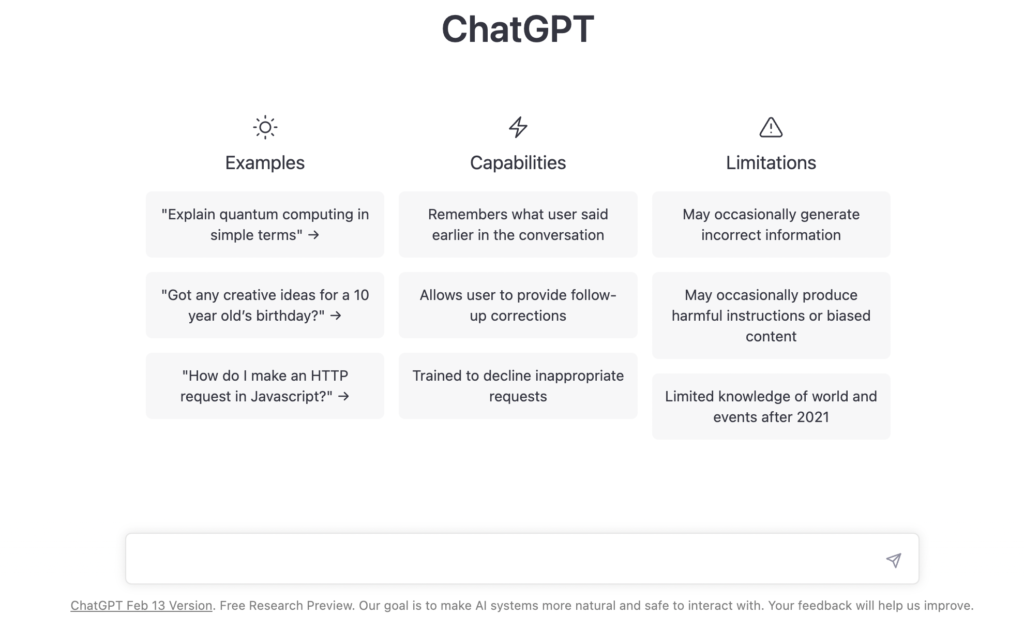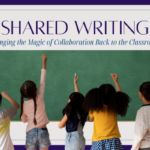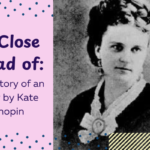Artificial intelligence (AI) is a rapidly developing technology that has the potential to revolutionize the way we learn and work. However, as with any new technology, it can also create some conflicts in schools. While AI has been around for a while, it has never been fantastic – until now with ChatGPT. It is scary good! As a result, teachers in all levels of education are now trying to prevent the use and development of more AI tools.
In case you’re not familiar with it, ChatGPT is a large language model developed by OpenAI, capable of generating human-like responses to text prompts. It has been trained on a vast amount of text data and can understand the nuances of language, making it capable of generating coherent and contextually relevant responses to a wide range of questions and topics. ChatGPT is used in various applications, such as chatbots, language translation, and content generation, and its potential uses continue to expand as the technology advances. (FYI – that last paragraph was completely autogenerated – scary good, right??)
Anyone can create a free account with ChatGPT, and as the fear grows around students using this tool, I think about my favorite parenting thought: “choose your battles”. To be honest, I don’t choose battles I can’t win. As educators, with an all-or-nothing approach to AI, we won’t win. Instead, let’s teach our students how to leverage the tool, and how to use it for good instead of evil. Since AI in some form is a tool they will have for the rest of their life, we need to ensure students have the proper skills to use it effectively. I will share a few ways in which ChatGPT can be used in the classroom in this post. Please add your own ideas in the comments.
Suggestions for using ChatGPT in the Classroom
- Ask ChatGPT to provide student-friendly definitions. Simply type in, “provide a study-friendly definition for the word ___”, and within minutes, you’ll have a definition and some examples.
- Ask ChatGPT to explain the difference between two very similar things. As with any time we use technology, students should double-check the accuracy of the information they were given.

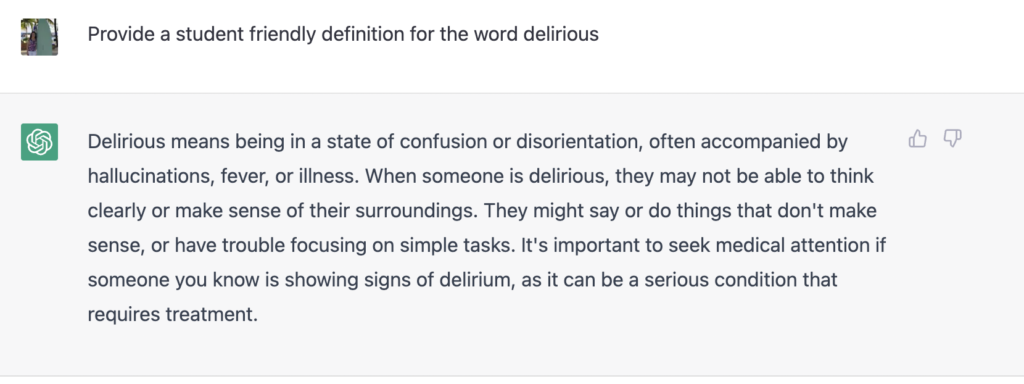
- In a writing workshop, students can have their work “peer-edited” by ChatGPT. Just copy some of the text, type, “provide feedback on this paragraph” and then paste in the text. From my experience, the tool will provide strengths of the text and areas to consider. Teach students to take that information and decide which parts to accept and consider how to revise their work. FYI – it will also edit for grammar if asked.
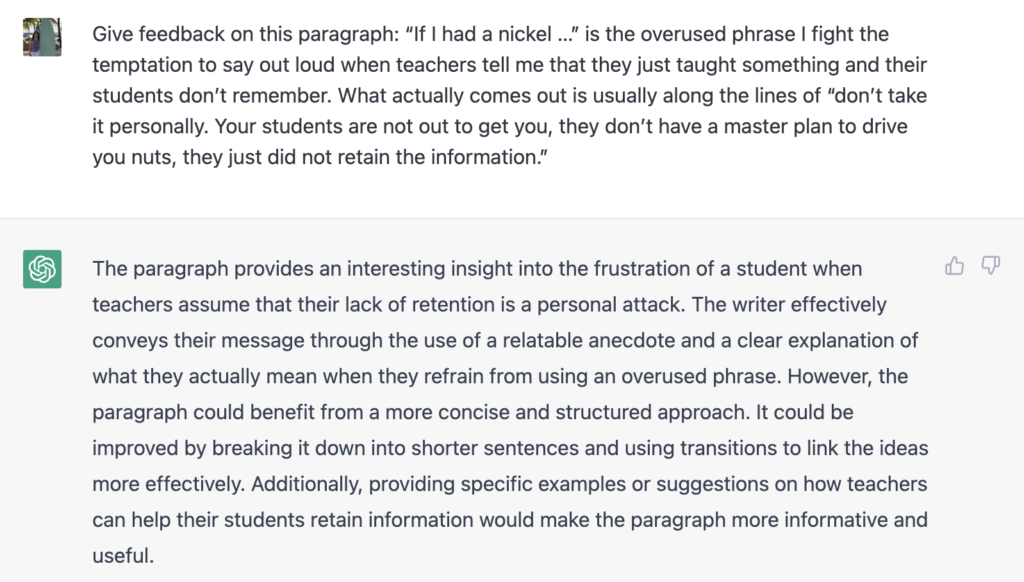
- Create writing models to analyze as a class. Ask ChatGPT to write an essay, personal narrative, fictional story, or whatever you are working on. Have it generated in front of the class. As a class, analyze the work. This will help the students understand strong structures of writing and internalize what we expect them to do when it is their turn to write. It will also highlight the fact, that AI will not generate the BEST possible paper, it’s just REALLY good. Empower your students, by letting them know, they can do better!
- Create leveled text. This idea came from my colleague at BER and I love it! I have tried it a couple of times, asking it to write paragraphs at a specific reading level by grade level and Lexile. I definitely check it after using a readability score site, because it is not always accurate. This is something to keep playing with to figure out how to make it work. You can also ask it to write the information using only short vowels, one-syllable words, etc.
- Use it as a tool to teach reliability and validity. We have been at war with misinformation on the internet since it began. This is the world our students live in and it is rapidly growing into a pool of misinformation. We have to teach students to check. So, yes, it gave me an essay on Lord of the Flies, but is it accurate? Is it a unique point of view? Is it cited correctly? Have students research, using valid sites to see if the information ChatGPT created is in fact accurate.
As educators, it is crucial that we provide students with the necessary tools and resources to navigate the challenges of their learning environment. This includes using newer tools, such as ChatGPT. There are obvious fears that the tool will be overused, it will stop students from learning how to write and think on their own, and of course, assessing learning. I have some thoughts on that as well, and that will be part of a new blog post. In the meantime, figure out how to leverage the tool for you!

